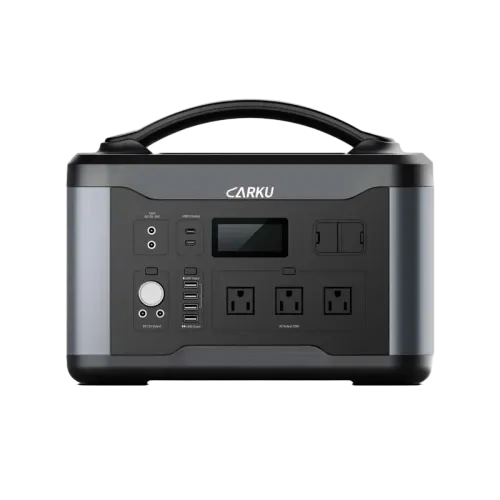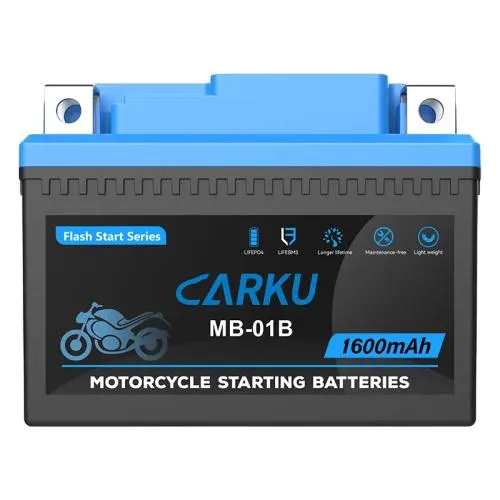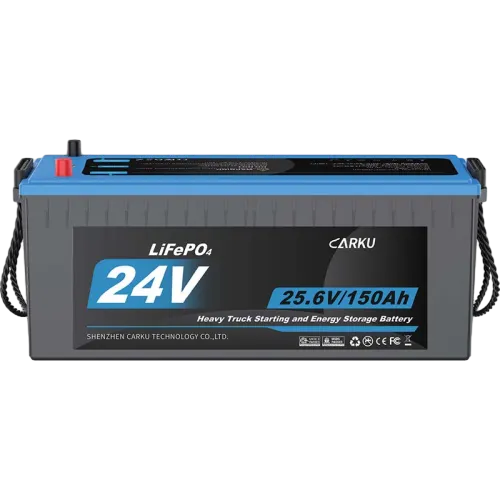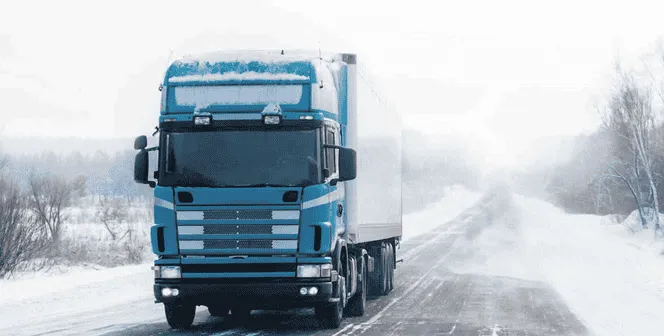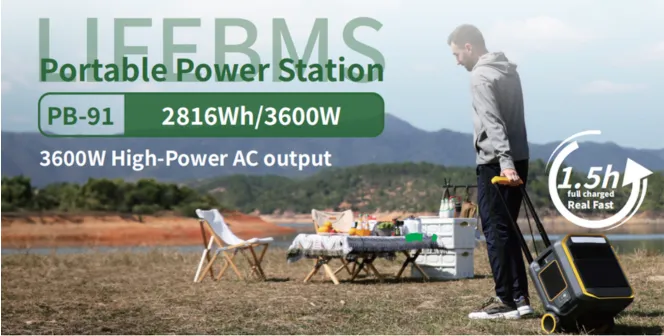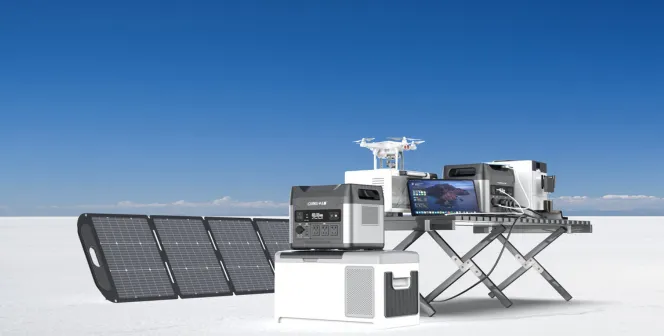You've probably used a jump starter before-maybe on a freezing morning when your car battery refused to start. What you might not realize is that the power inside could come from two very different technologies: lithium-ion and the emerging sodium-ion battery. While lithium jump starters are known for being lightweight and portable, sodium-ion jump starters are quickly proving their strength in cold-weather emergencies.
Why Battery Chemistry Matters for Jump Starters?
Inside every jump starter is more than just a power cell-it's a compact energy system built from a battery pack,battery management system(BMS),and safety circuitry that work together to deliver a high surge of current within seconds.At the heart of this system,battery chemistry determines everything from performance to reliability.
Most people associate lithium-ion batteries with consumer electronics like smartphones and laptops, while sodium-ion batteries are more often found in renewable energy storage for homes or industrial systems. But in a jump starter, both chemistries show unique advantages.
Advantage of Sodium-ion Jump Starters Applied To Cold-Weather
A jump starter is primarily used to restart vehicles with dead batteries. It serves as an essential emergency tool that delivers instant power,whether equipped with a sodium-ion or lithium-ion battery.
Sodium-ion jump starters combine exceptional cold-weather performance with promising long-term cost advantages. Unlike lithium, which relies on scarce and increasingly expensive materials, sodium is abundant and inexpensive, derived primarily from common salt. This resource advantage translates into significant potential for lower manufacturing costs as the technology matures.
Currently, lithium-ion batteries average around $80 per kilowatt-hour, while sodium-ion batteries are still priced similarly due to limited production capacity. However,as large-scale manufacturing ramps up and supply chains develop, sodium-ion jump starters are expected to become not only more affordable but also more reliable in extreme climates-offering drivers a practical, sustainable, and cost-efficient emergency battery (power) solution.
The most important thing is that safety, sodium-ion batteries are generally safer. Grid and home energy storage are the shine areas as sodium-ion battery. Recycling is a fundamental principle of environmental protection. Sodium-ion batteries offer clear advantages in recycling-they are more environmentally friendly and easier to process than lithium batteries. Also, sodium-ion cells can often be charged quickly at very low temperatures, while lithium-ion cells can survive thousands of charge/discharge cycles.
Strength of Lithium Jump Starters Applied to portability and energy density
Lithium jump starter are going and the latest green energy. Lithium-ion jump starters are known for their lightweight design and long lifespan, often sustaining over a thousand charge-discharge cycles. The lithium-ion jump starter is made of lithium iron phosphate batteries, they (LiFePo4) often 3,000~4,000. Sodium-ion cells today might manage around 4,000~6,000 cycles.
|
Specification
|
Lithium-ion jump starter
|
Sodium-ion jump starter
|
|
Operating Temperature Range
|
Standard: -20°C to +60°C
Performance drops significantly below -20°C
|
Wide Range: -40°C to +80°C
|
|
Charging and Discharge Speed
|
Standard charging: 1-2 hours
|
Superior fast-charging capability
|
|
Size and Weight Comparison
|
Smaller physical footprint
Ideal for portable applications
|
Approximately 30% lower energy density
|
|
Lifespan and Cycle Durability
|
3,000 cycles
|
2,000-4,000 cycles
|
Frequently Asked Questions
1. What battery type will replace lithium batteries?
Sodium-ion batteries are emerging as the most promising alternative to lithium-ion technology. While they may not completely replace lithium batteries in high-energy applications like EVs in the near term, they are expected to dominate markets requiring lower cost, abundant materials, and safer energy storage.
2. What is a sodium-ion battery in emergency jump starter industry?
A sodium-ion battery in the emergency jump starter industry represents a breakthrough application of sodium-ion technology in portable automotive power solutions. Unlike traditional lithium-ion jump starters, sodium-ion jump starters are specifically engineered to excel in extreme conditions, making them ideal for cold-weather emergencies and multi-functional power needs.

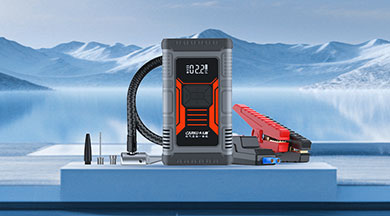
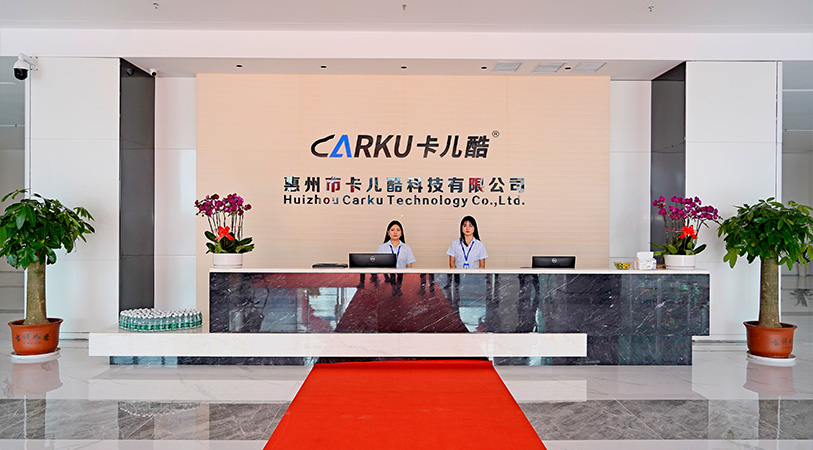




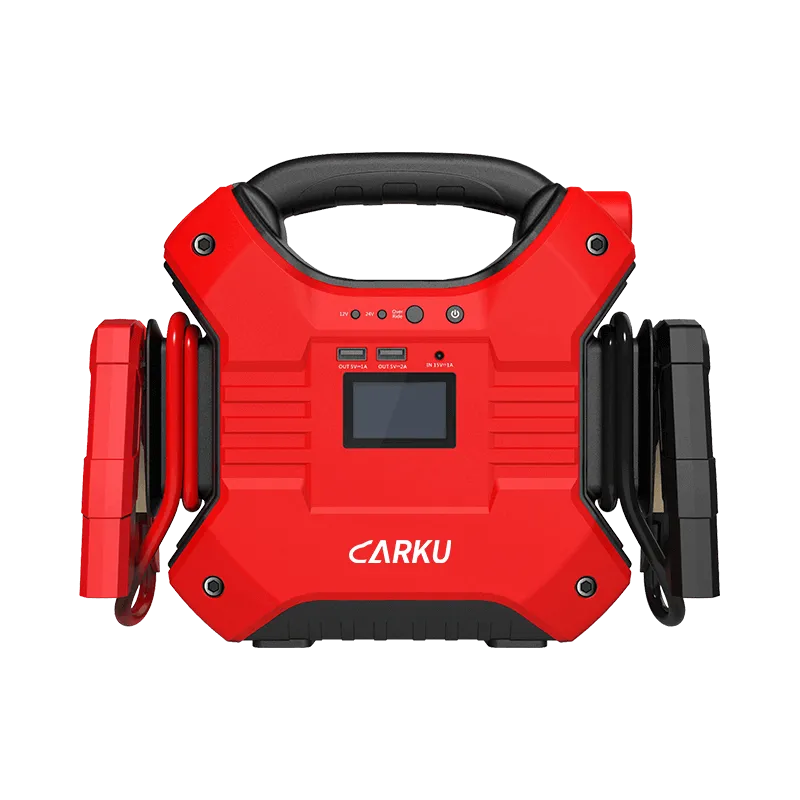
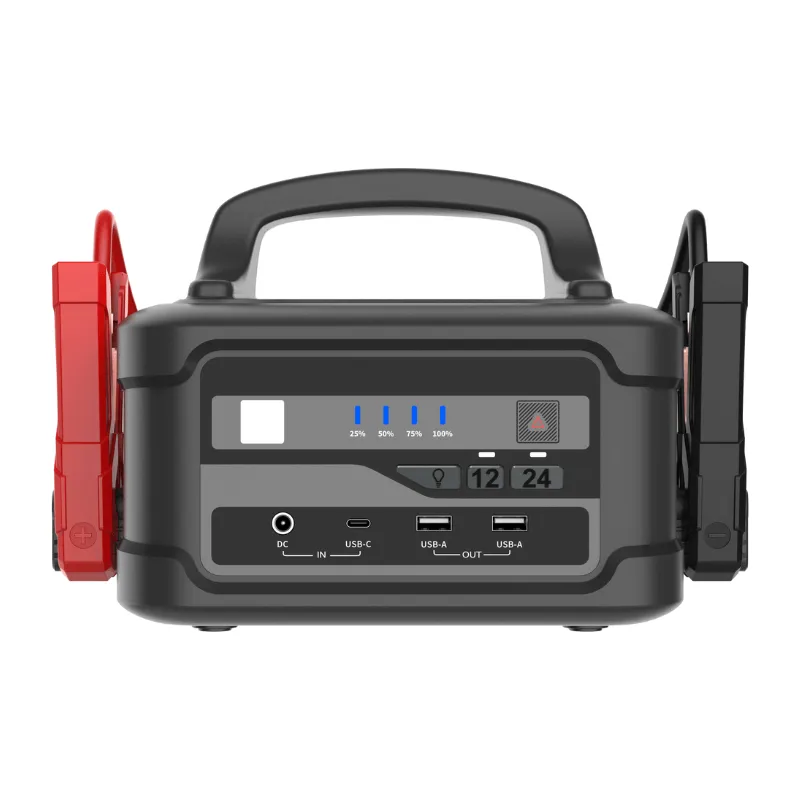
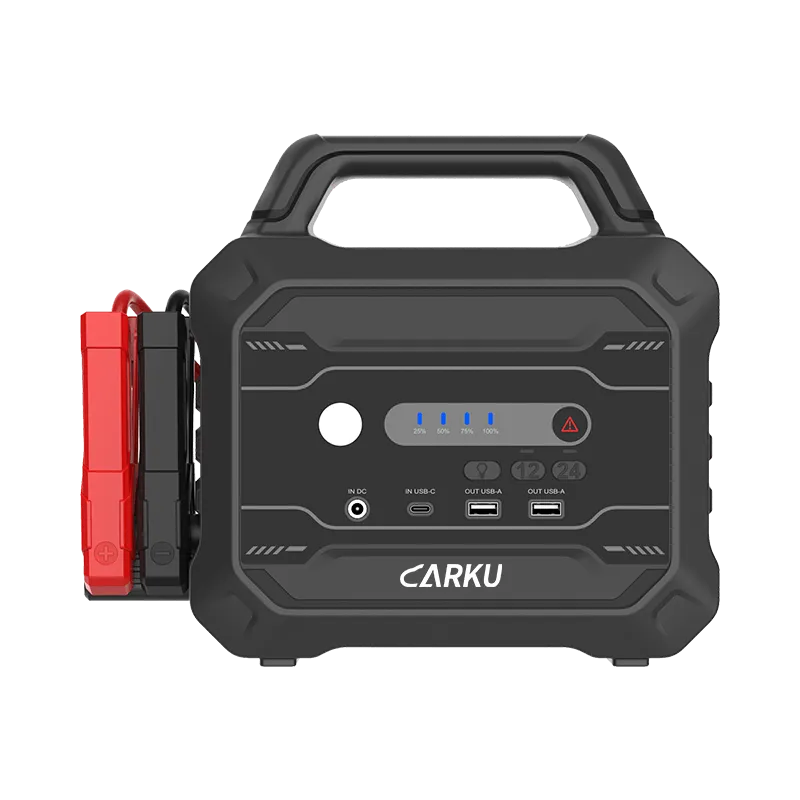
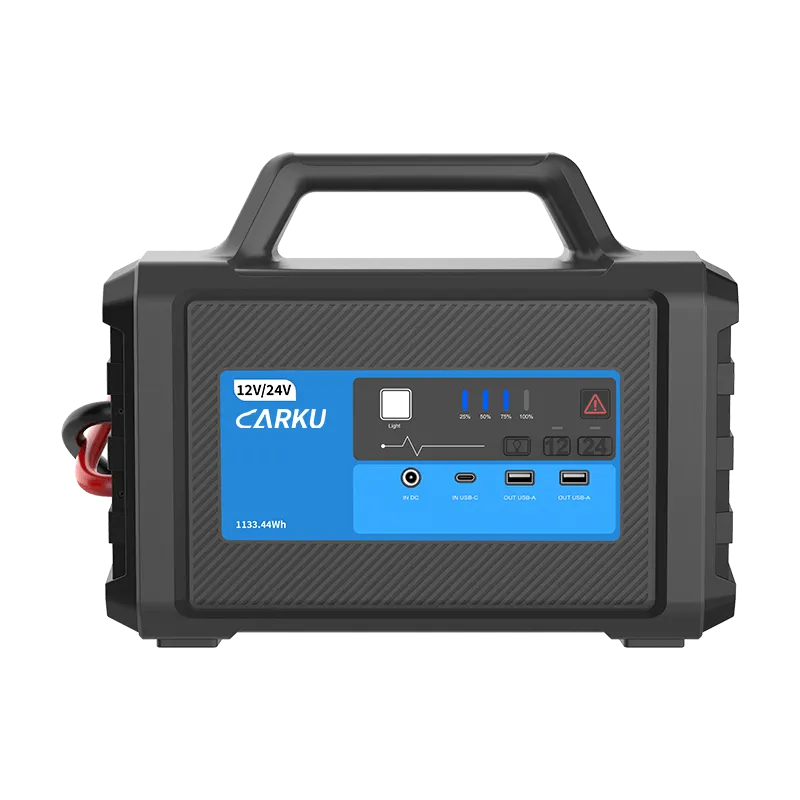
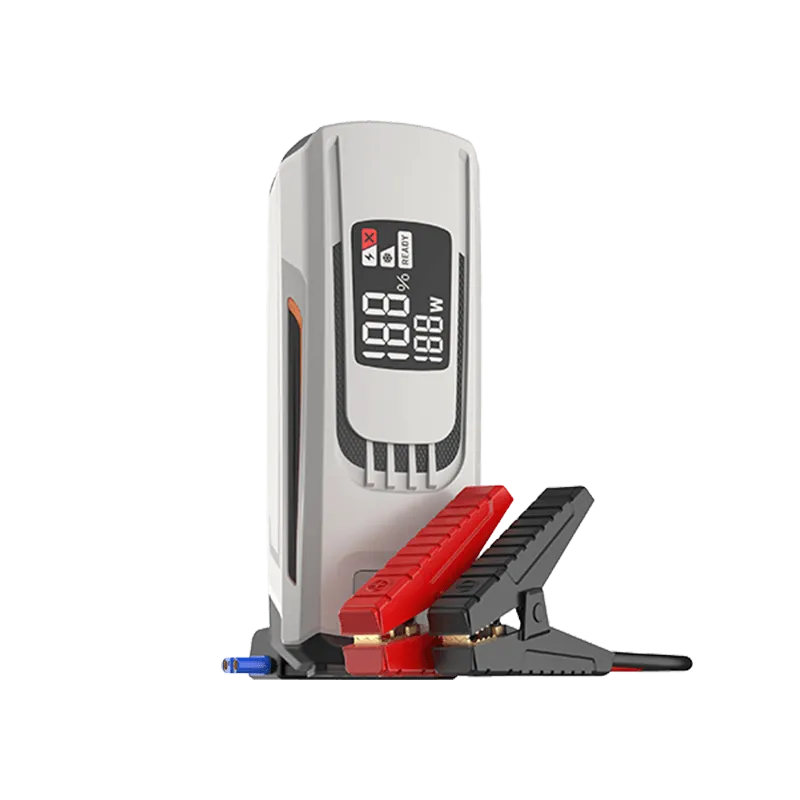
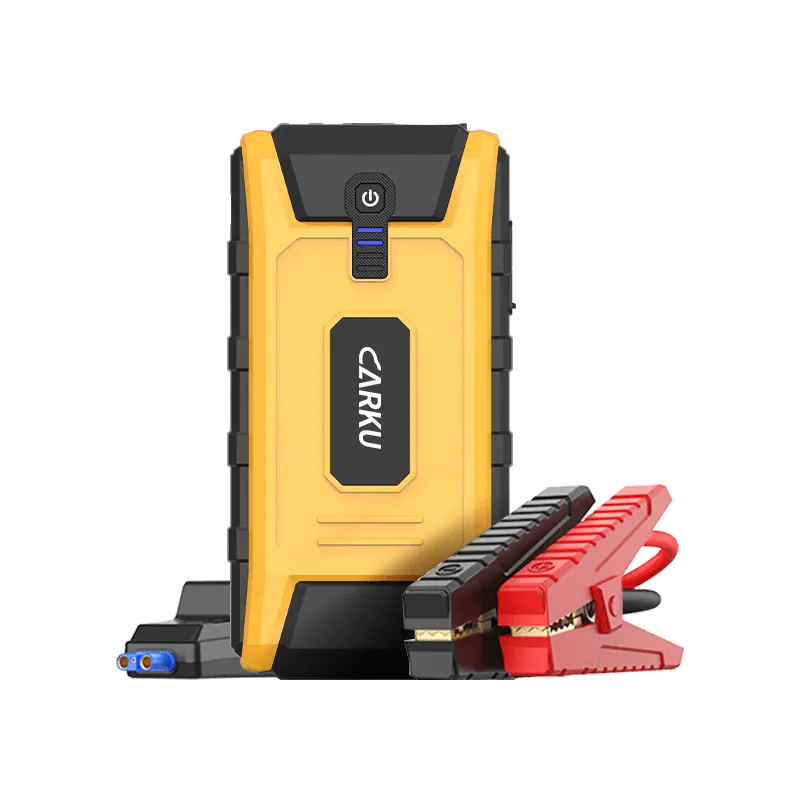
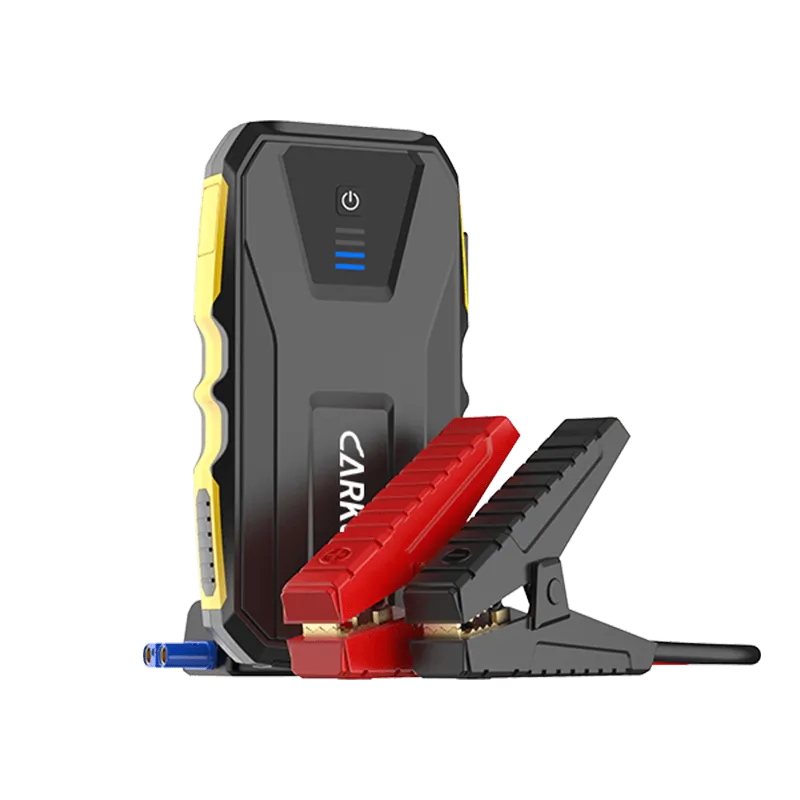
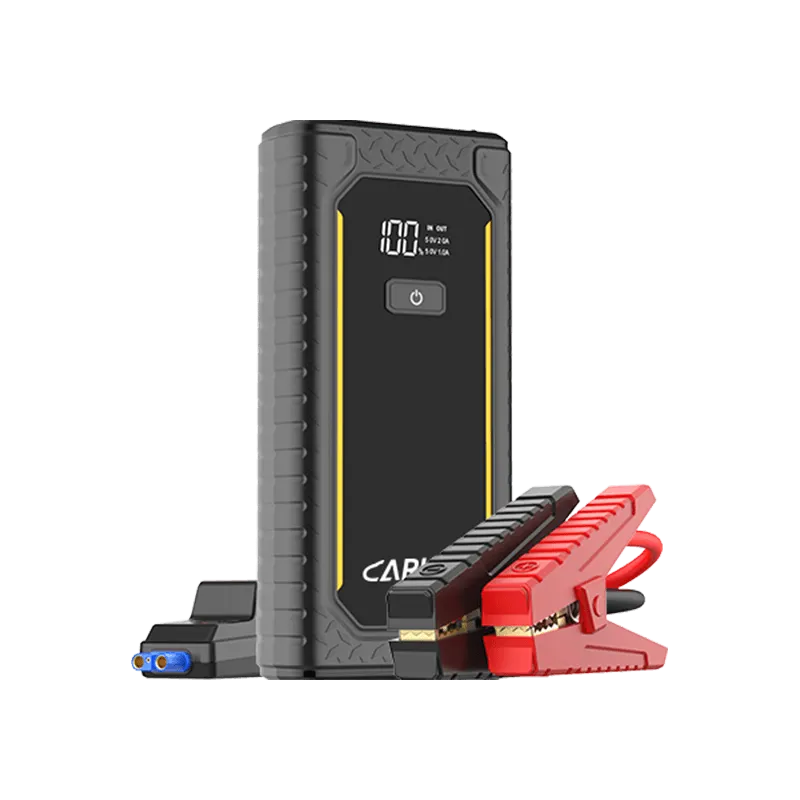
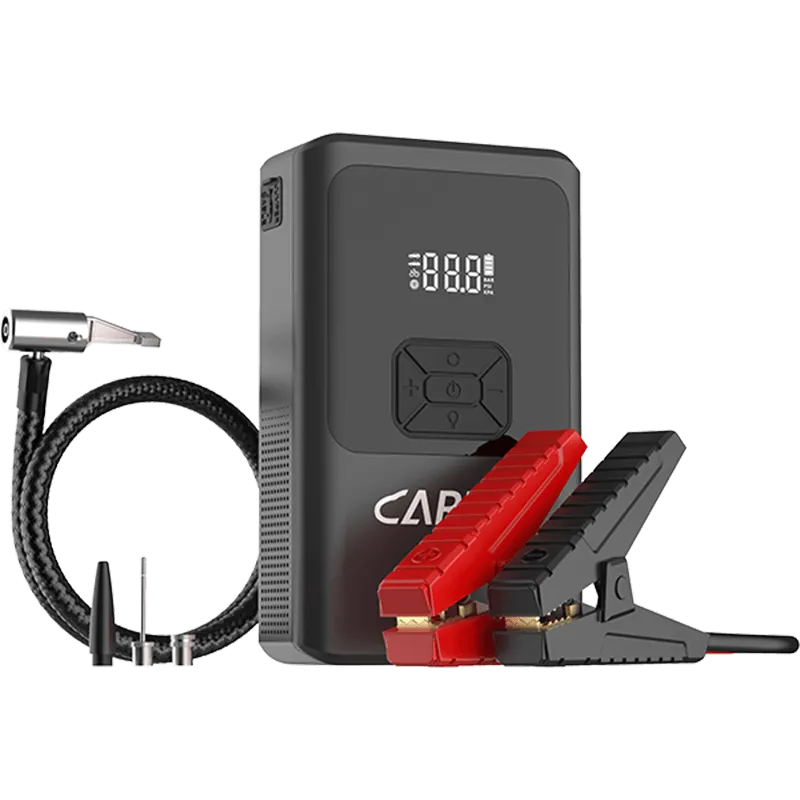
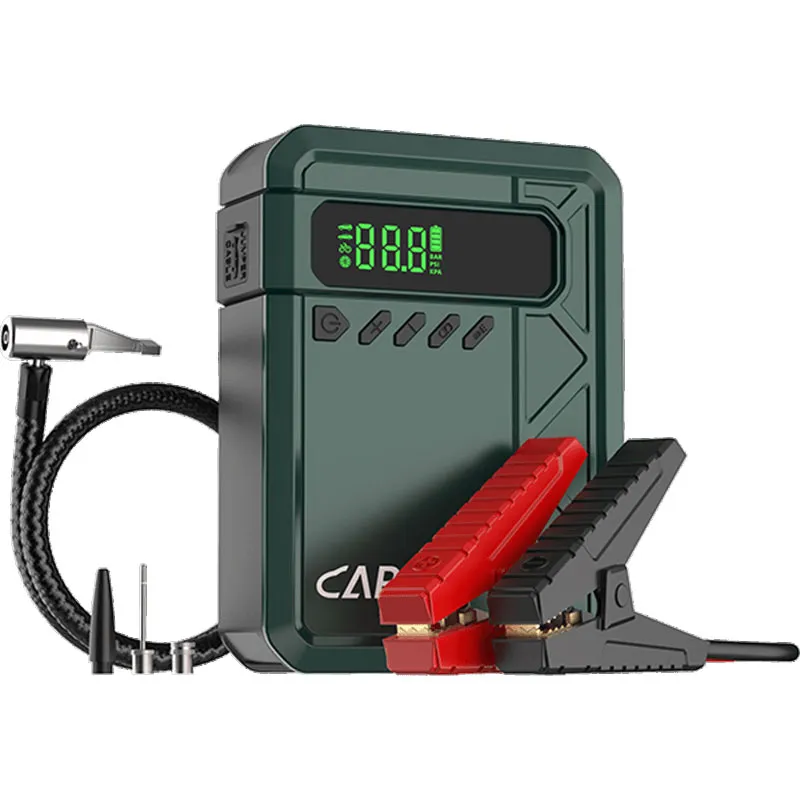
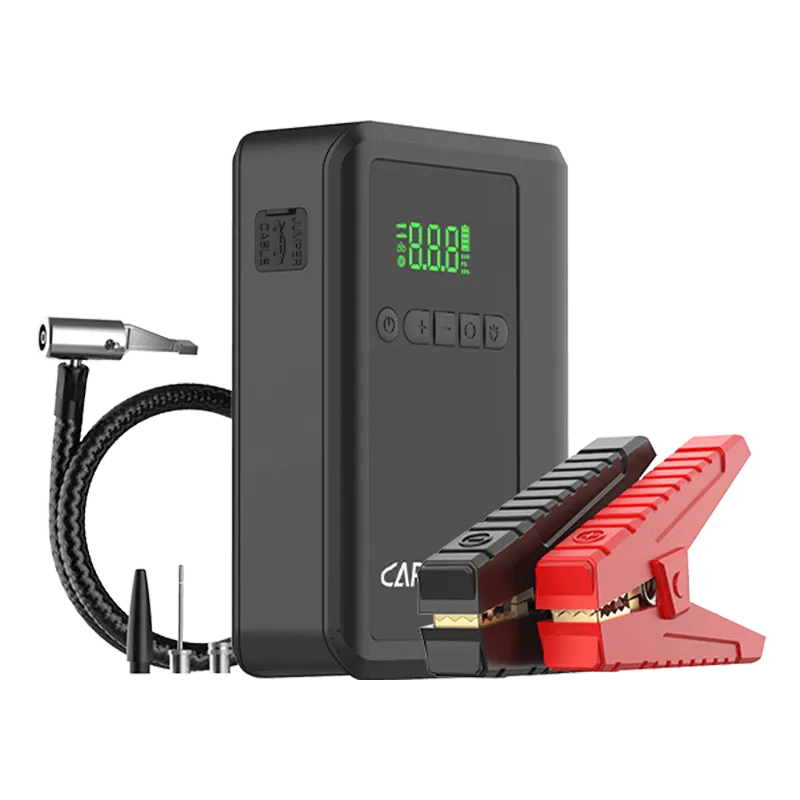
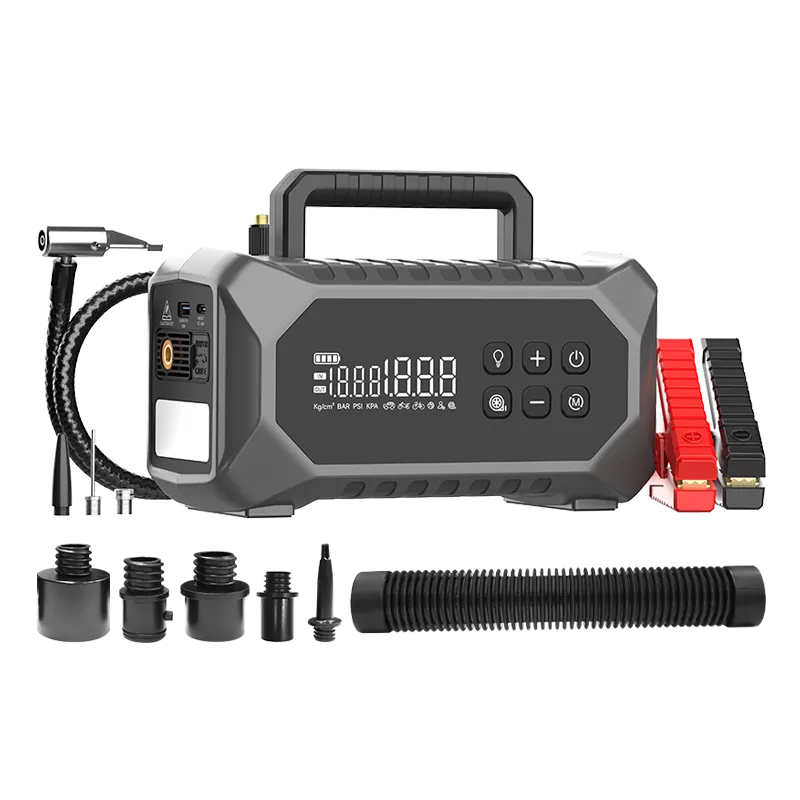
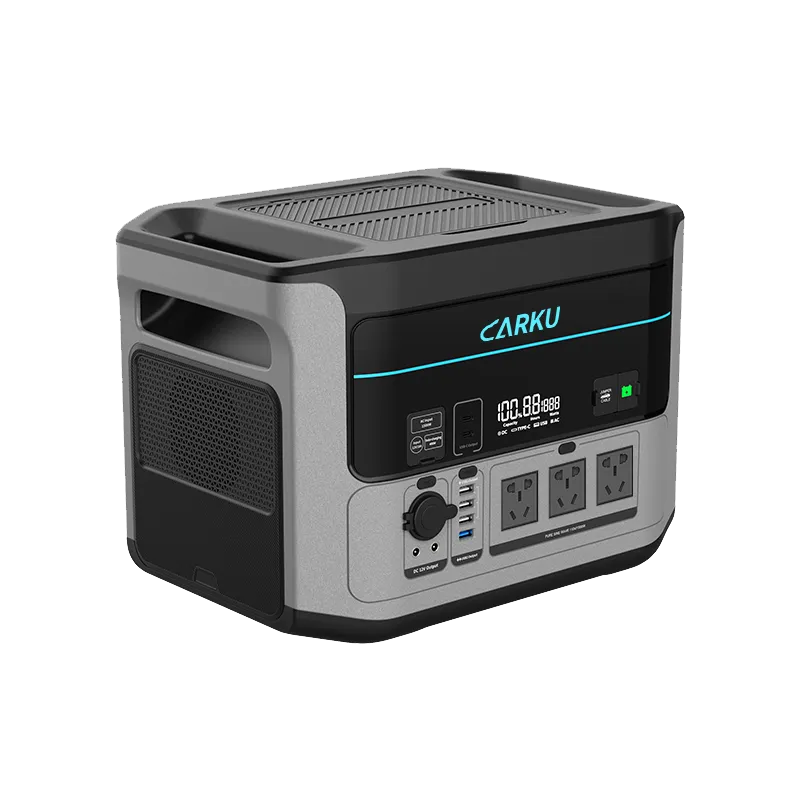
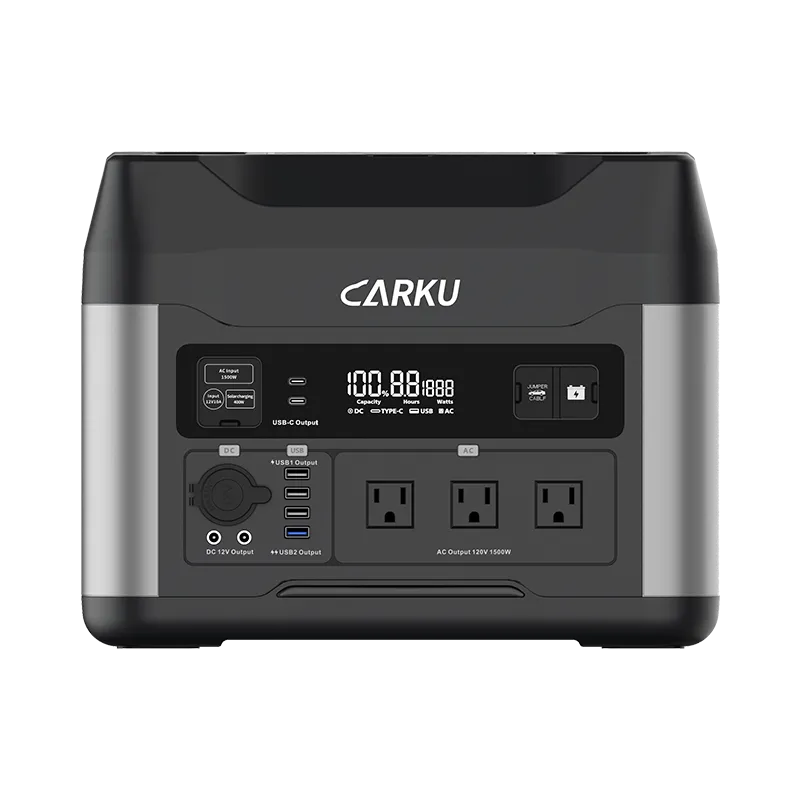
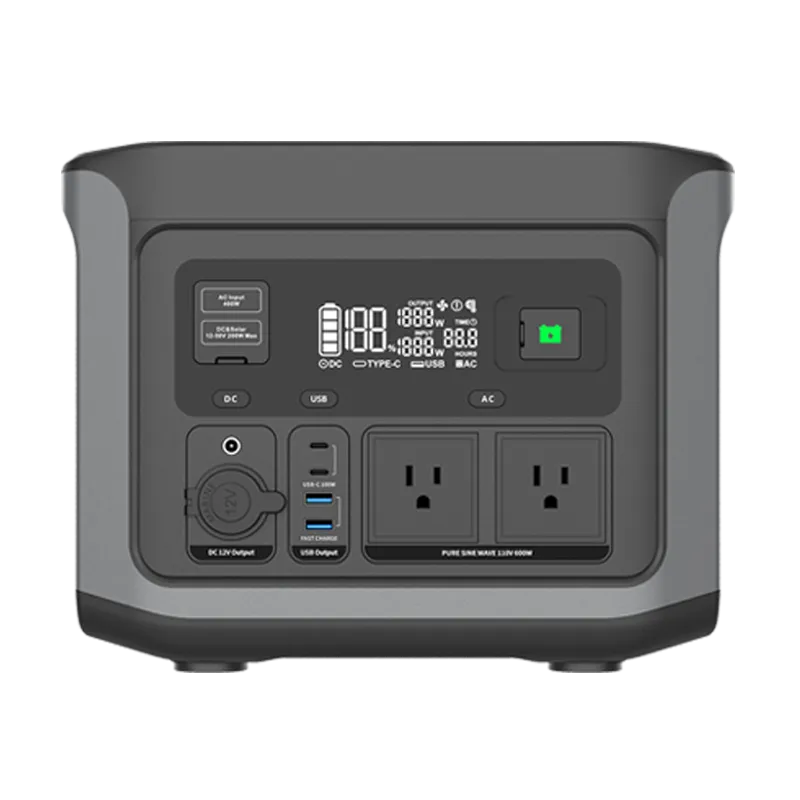
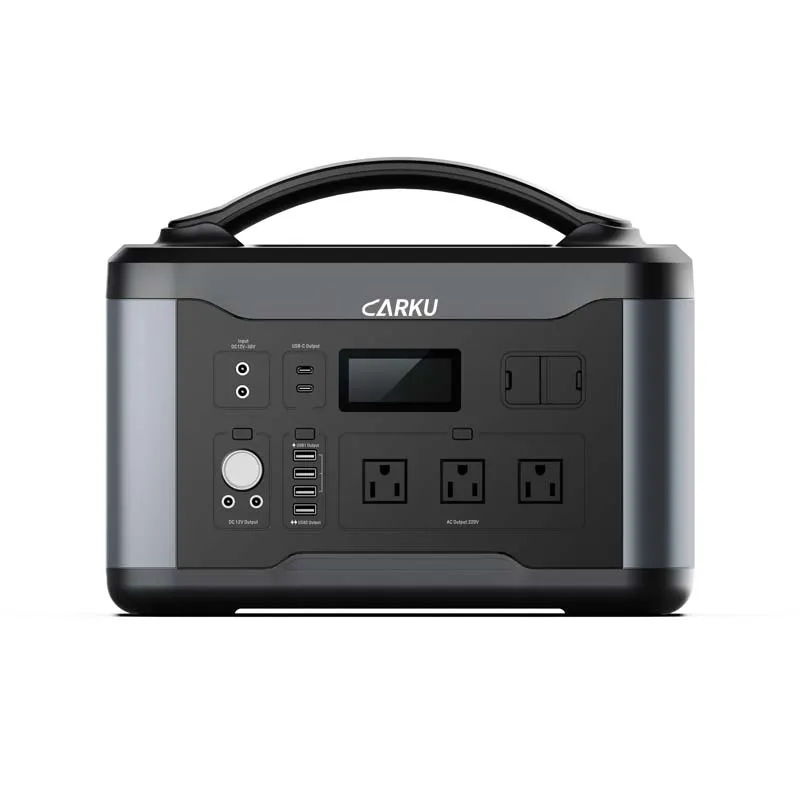
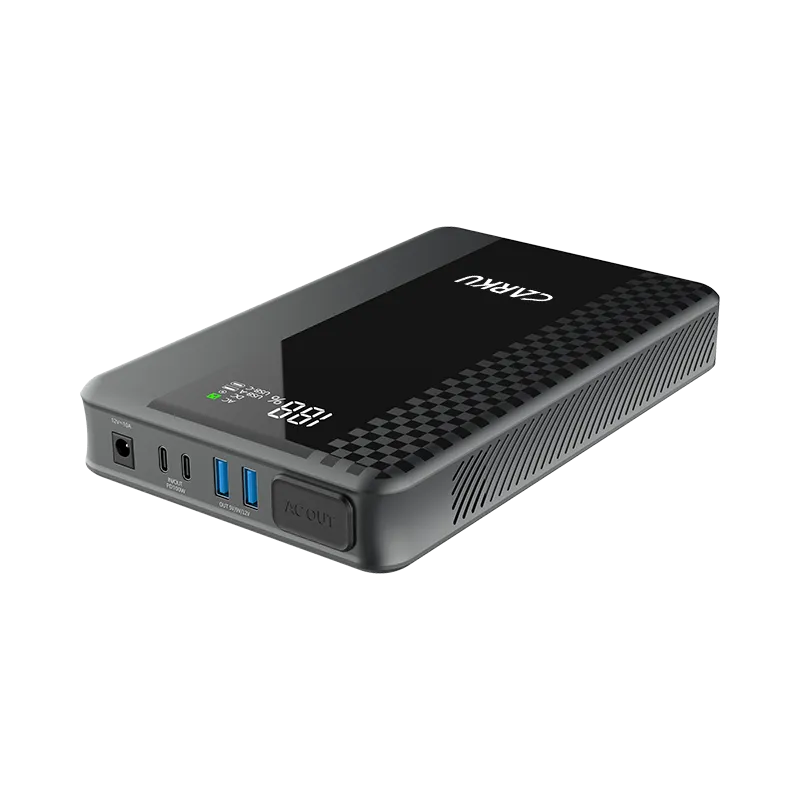
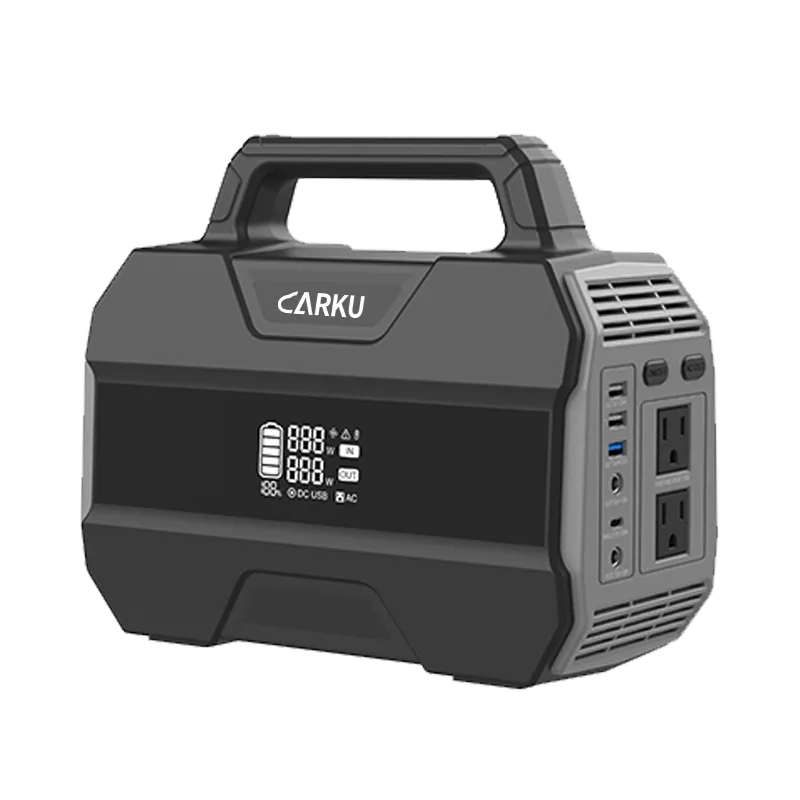
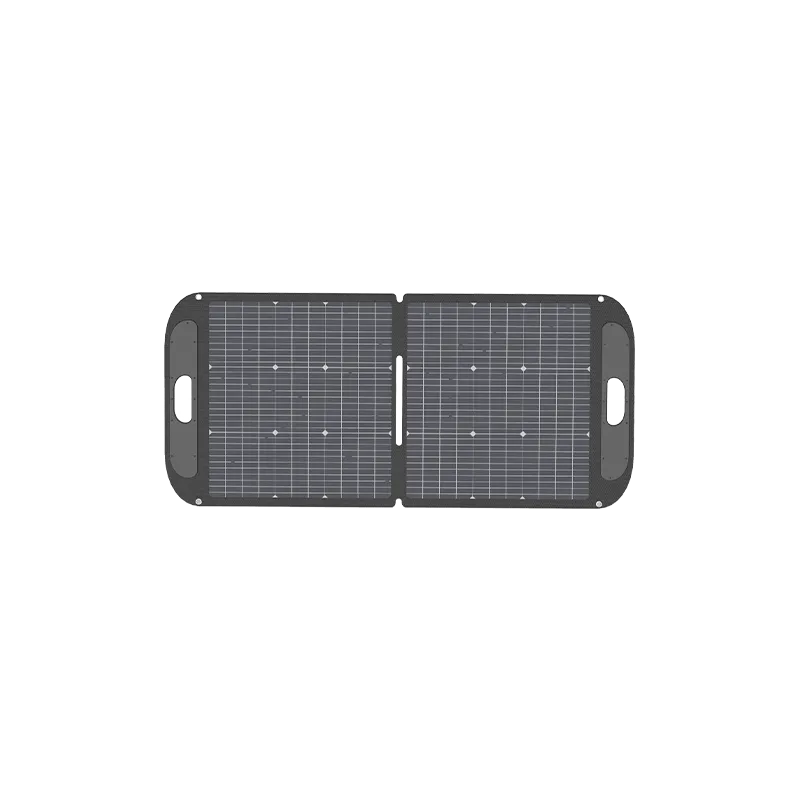
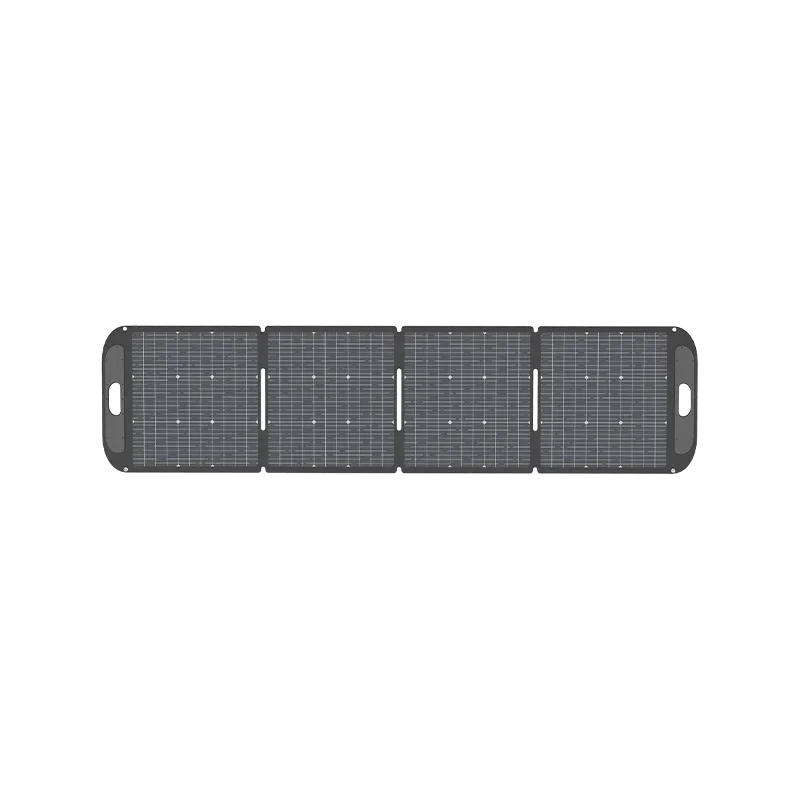
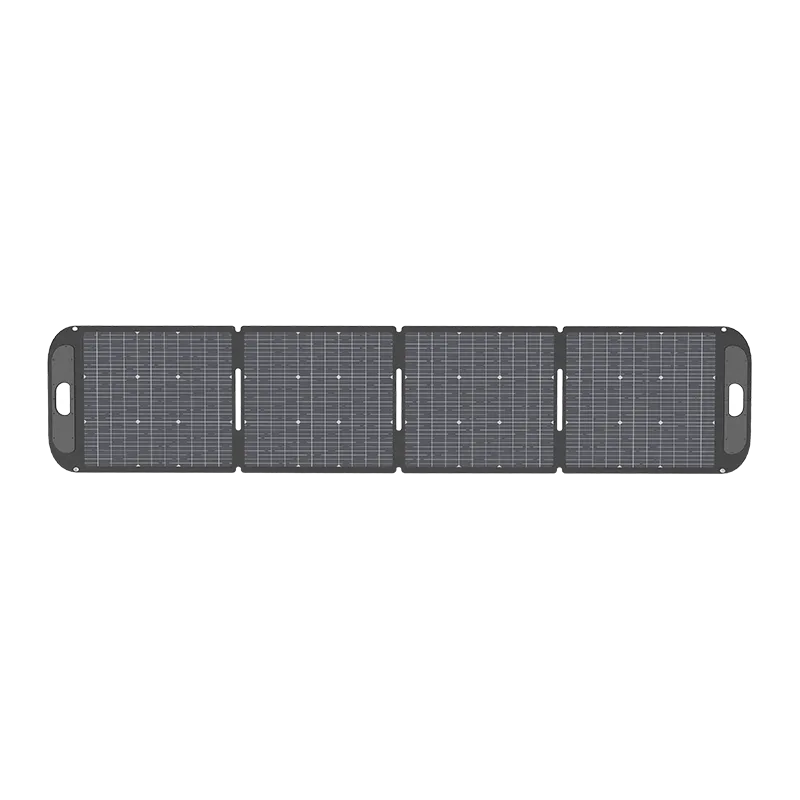
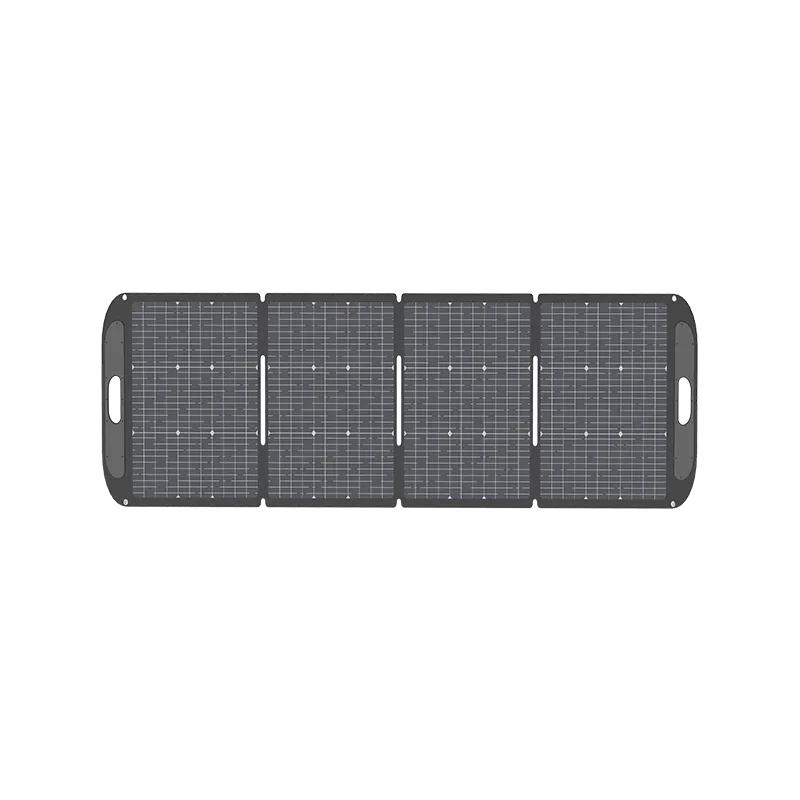
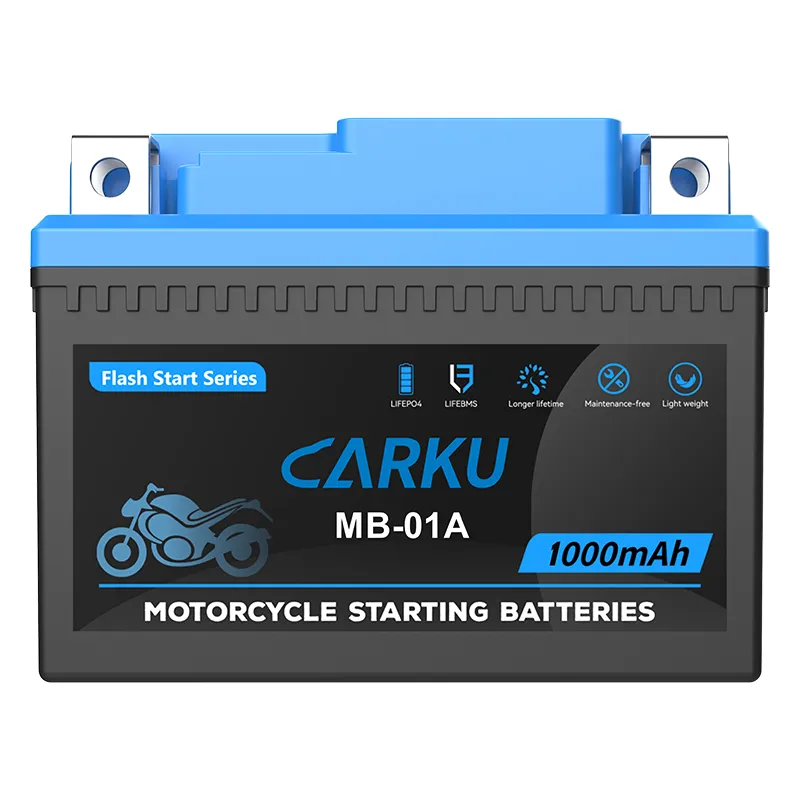
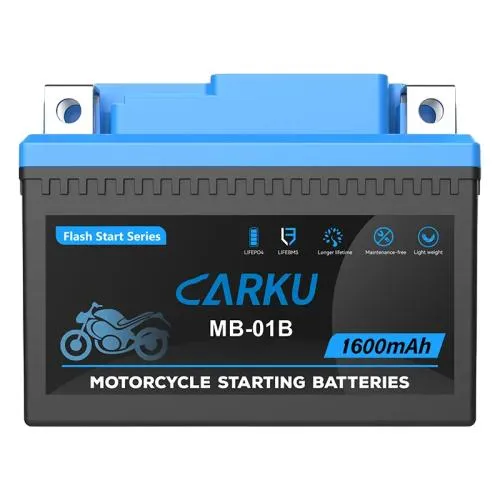
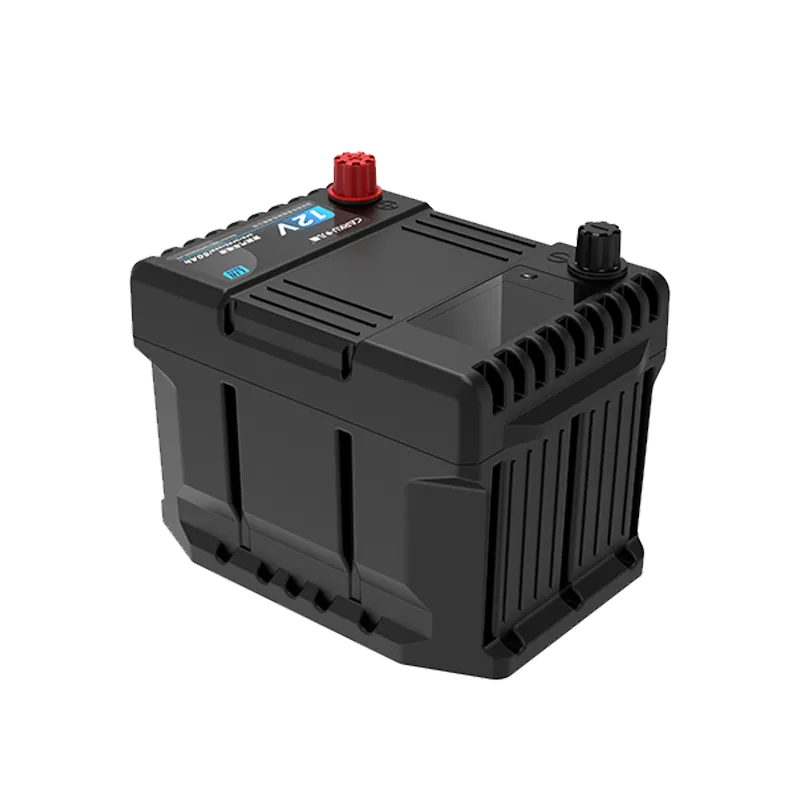
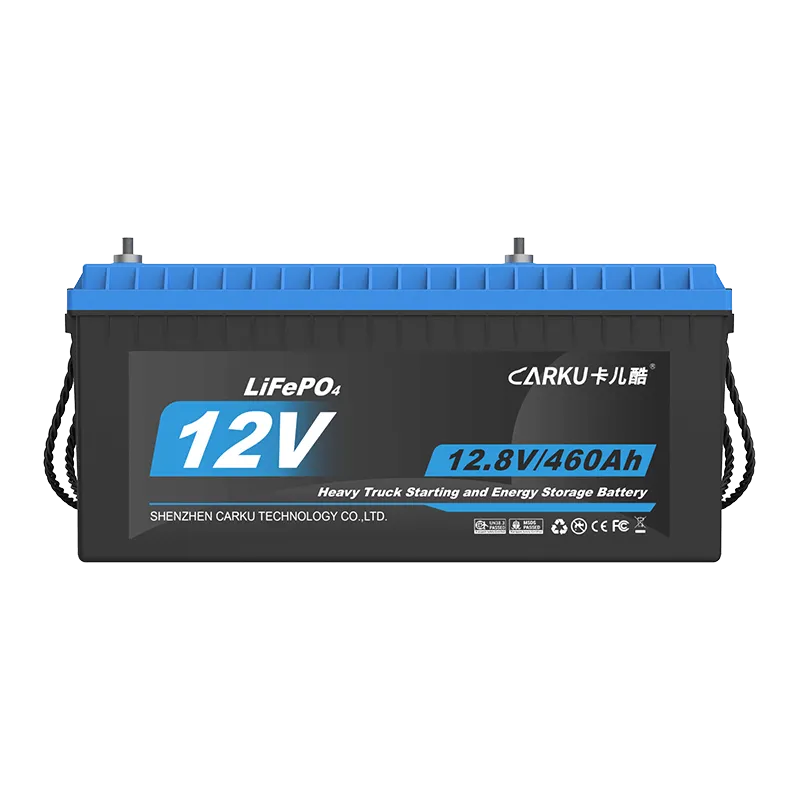
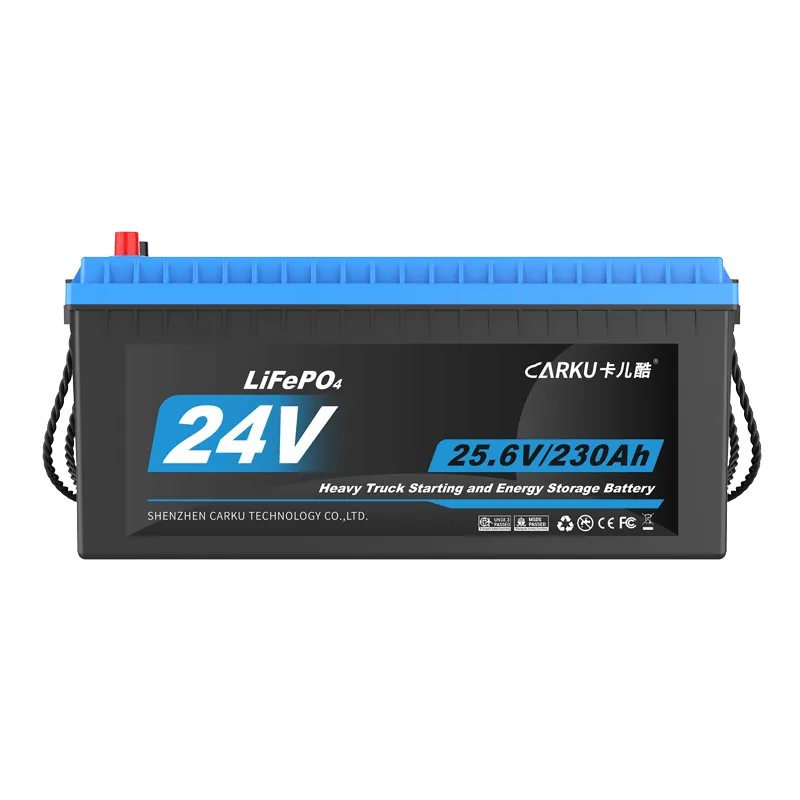
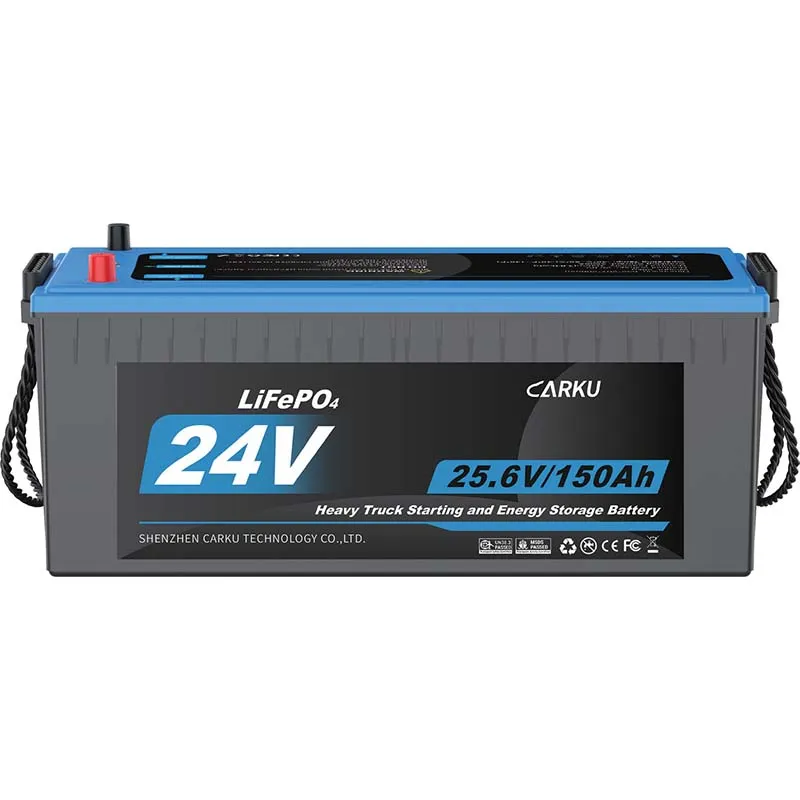
 Jump Starter ODM/OEM Solutions
Jump Starter ODM/OEM Solutions Portable Power Station ODM/OEM Solutions
Portable Power Station ODM/OEM Solutions Starting Battery ODM/OEM Solutions
Starting Battery ODM/OEM Solutions ABOUT CARKU
ABOUT CARKU STRENGTH FACTORY
STRENGTH FACTORY THE DEVELOPMENT HISTORY OF CARKU
THE DEVELOPMENT HISTORY OF CARKU CORE COMPETITIVENESS
CORE COMPETITIVENESS COMPANY CULTURE
COMPANY CULTURE QUALIFICATION
QUALIFICATION
 CARKU News
CARKU News CARKU Exhibitions
CARKU Exhibitions CARKU Battery Applications
CARKU Battery Applications


